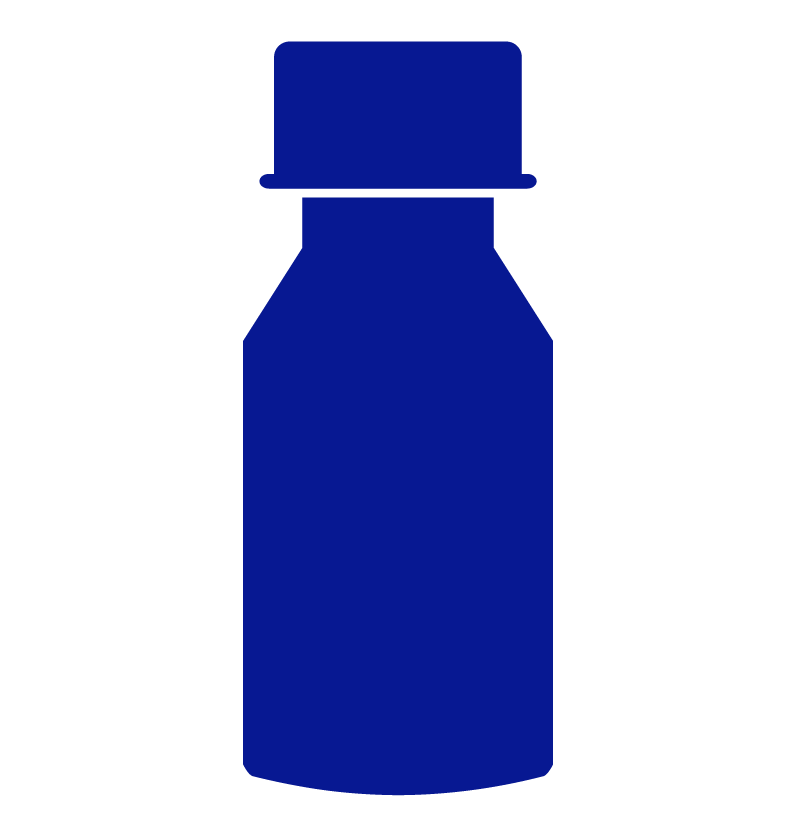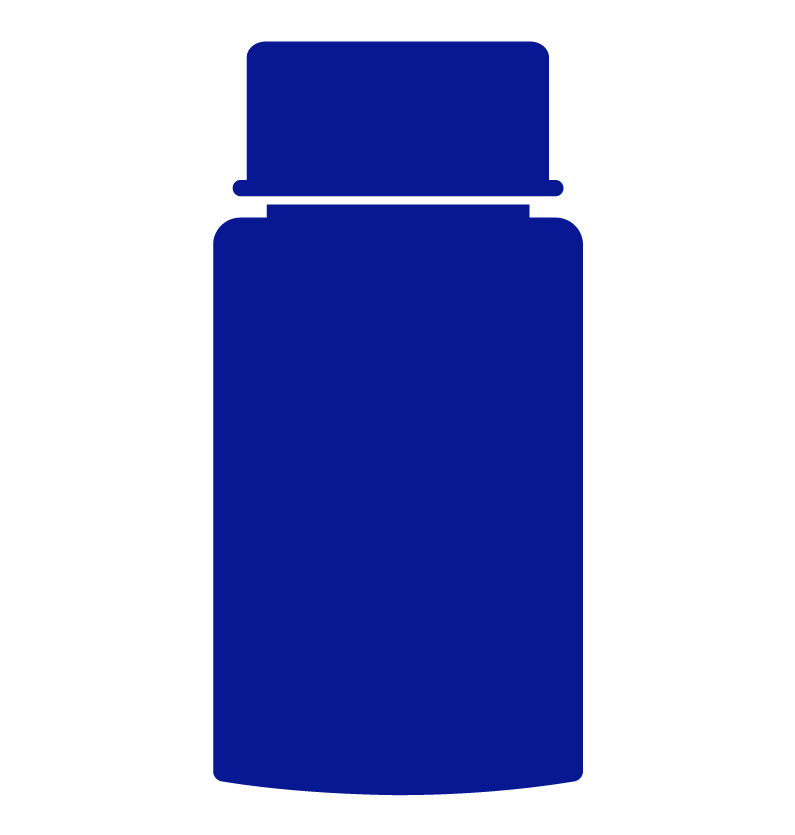Previous Article
Types of Mental Illnesses
It's essential to consider the various forms of mental illnesses, each of which has its own set of symptoms and challenges. Mental illnesses are categorized by healthcare professionals based on their signs and symptoms. The following are examples of common mental illnesses:
Anxiety disorders
Anxiety is a normal response to stress that can be beneficial in certain circumstances. It can alert us of impending threats and assist us in preparing and paying attention.
Anxiety disorders, such as panic disorders and phobias, differ from typical sensations of nervousness or anxiety because they involve excessive fear or anxiety. Anxiety disorders are the most common mental illnesses, afflicting about one-third of all adults at some point in their lives. Anxiety disorders are treatable, and there are a variety of effective treatments available. Most people who receive treatment can live regular, productive lives.
Mood disorders
All mood disorders have an impact on a person's mood—how they feel. Mood disorder symptoms, such as seen with bipolar disorder and depression, can include long-term feelings of sadness, hopelessness, numbness, and exhaustion. People occasionally have an unusually 'high' mood and feel powerful, but this can also lead to problems.
Eating disorders
Anorexia nervosa and bulimia nervosa are eating disorders that aren't truly about food. They're complicated, and they're frequently used to cope with difficult situations or regain control.
Psychotic disorders
People with psychotic disorders, such as schizophrenia, have difficulty discerning between what is real and what isn't. Furthermore, people may sense things that aren't real or have a strong belief that something isn't real.
Personality disorders
A long-term pattern of thoughts, behaviours, and feelings that cause issues in a person's life. Personality disorders, such as borderline personality disorder, make it difficult for people to have meaningful connections with others, manage their emotions, and prevent harmful behaviour. Personality disorders can have an impact on how people perceive themselves and others, as well as how they deal with problems.
Childhood disorders
While many mental illnesses begin in childhood, some people are not identified until later in life. One example is attention-deficit/hyperactivity disorder (ADHD), which affects a person's ability to focus, complete work, sit still, plan, or organize.
A note on suicide
Suicide, or the deliberate taking of one's own life, is not a mental illness in and of itself. Not everyone who dies by suicide have a mental illness. Suicide, however, has been related to a variety of mental diseases. Any talk or thoughts of suicide should be taken seriously, and help should be sought.
Do you need more help?
Canadian Mental Health Association is a supportive community organization that offers support and resources in your area. Find your local CMHA here.
References:
Canadian Mental Health Association. (2016). Mental Illnesses. Toronto, ON: CMHA.
Next Article
A Brief Overview on Canada’s Opioid Overdose Crisis
In Canada, the ongoing public health crisis of opioid overdose and deaths is worsening. Between January 2016 and June 2021, 24,626 persons died in Canada because of opioid overdoses, with latest figures indicating a frightening increase of 19 deaths per day. With a 66 % increase in death year over year, the COVID-19 pandemic in Canada has exacerbated the opioid problem, and we are still learning about the causes and risks that contribute to these terrible overdoses, which involve both prescribed and non-prescribed opioid use.
Why is there an increase in opioid-related harms?
The following reasons may have led to the rise in opioid-related harms:
• Social isolation and pandemic-related stress1
• Erratic unregulated drug supply due to border and travel restrictions1
• Restricted accessibility of healthcare services1
The pandemic has affected virtually all services and therapies accessible to people suffering from chronic pain, addiction, and mental illness.
Anxiety alone is a huge cause for drug use, and what could be more stressful than the current pandemic? People who formerly used drugs with a friend are now doing so alone, with no one to contact 911 or administer naloxone. COVID-19 overburdened emergency rooms and hospitals, and they may not have had the time or resources to address addiction.
Opioids are undeniably effective in the treatment of certain types of pain, such as post-operative, palliative, and cancer pain. However, the fact that around 10% of those who are prescribed opioids go on to develop an opioid use disorder (OUD) is cause for concern2. Furthermore, problematic opioid usage isn't just an individual issue; it's also a 'proximity' issue for friends, family, and communities.
Who are most likely affected by the opioid crisis?
The opioid issue affects some communities and populations disproportionately, such as males aged 20 to 49 who work in the construction industry3. Chronic pain is a major issue in the trades and construction industry, with 32% of workers over-indexing for chronic back pain alone. Construction workers are estimated to account for 30% of all opioid-related deaths. Additionally, workers with a substance use disorder (SUD) miss an average of 14.8 days per year, while workers with OUD miss an average of 29 days per year4. This points to a rise in the number of construction workers seeking treatment for chronic pain and OUD.
Chronic pain, however, is rarely isolated; it is frequently linked with sleep disturbances and emotional distress, forming the well-known "Pain Triad." Opioids are currently the most used drug to treat the Pain Triad. Because no single medication can target all three arms of the pain triad, prescribers frequently turn to multiple high-risk drugs, including opioids, that together increase the abuse potential and worsen symptoms.
As a result, there has been a lot of interest in potential alternatives.
The opioid overdose crisis is worsening during the COVID-19 pandemic with many communities across Canada reporting record numbers of opioid-related deaths, emergency calls and hospitalizations. We can all play a role in supporting those who use substances.
If you or someone you care about is in need of assistance – Get help now.
References:
[1] Special Advisory on the Epidemic of Opioid Overdoses. Opioid and Stimulant-Related Harms in Canada. Ottawa: Public Health Agency of Canada; Sept 2021.
[2] Angus Reid Institute. (2021). Canada’s other epidemic: as overdose deaths escalate, majority favour decriminalization of drugs. Retrieved from https://angusreid.org/wp-content/uploads/2021/03/2021.02.24_Opioid_Dependence.pdf
[3] Gomes, T. et al. Changing Circumstances Surrounding Opioid-Related Deaths in Ontario During the COVID-19 Pandemic. Ontario Drug Policy Research Network / The office of the Chief Coroner of Ontario / Ontario Forensic Pathology Service / Public Health Ontario. May 2021.
[4] Xiuwen, D., Wang, X., Fujimoto, A., & Dobbin, R. (2013). Chronic back pain among older construction workers in the United States: a longitudinal study. International Journal of Occupational and Environmental Health, 18(2), 99-109.





